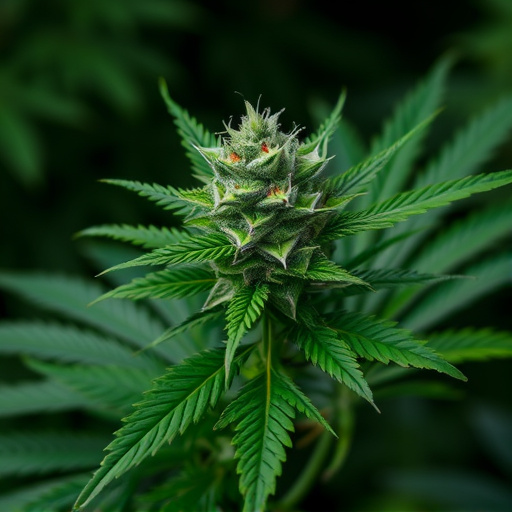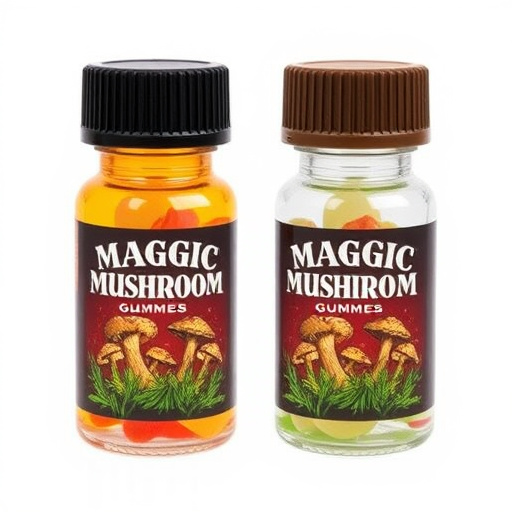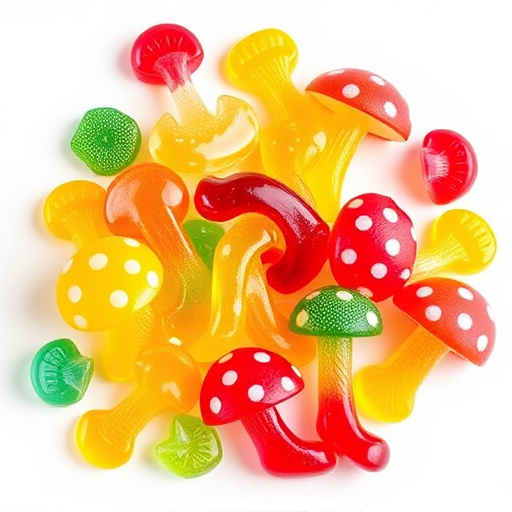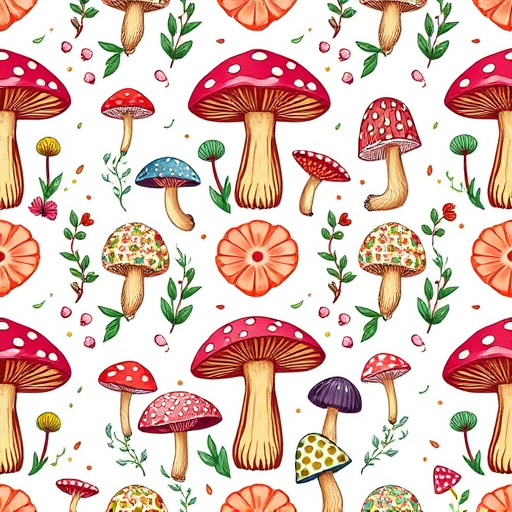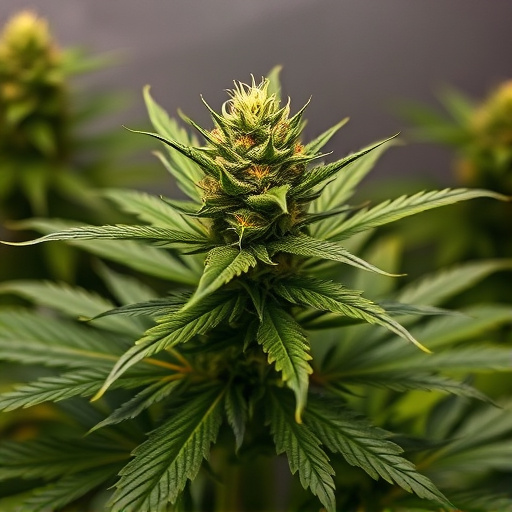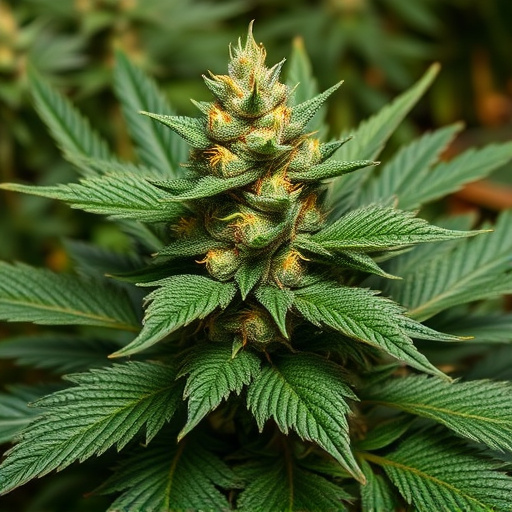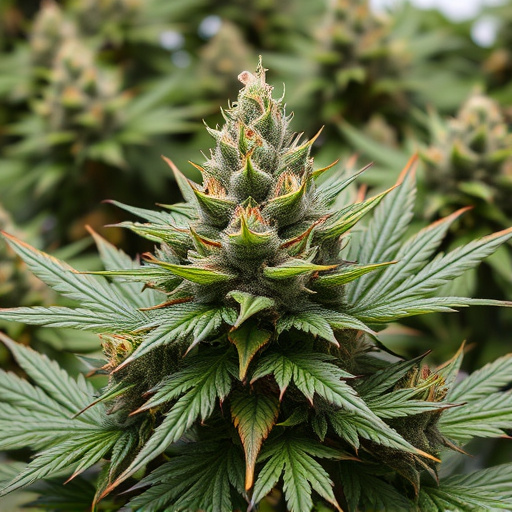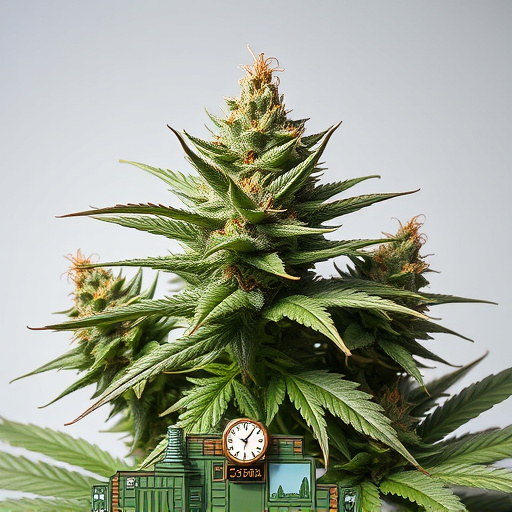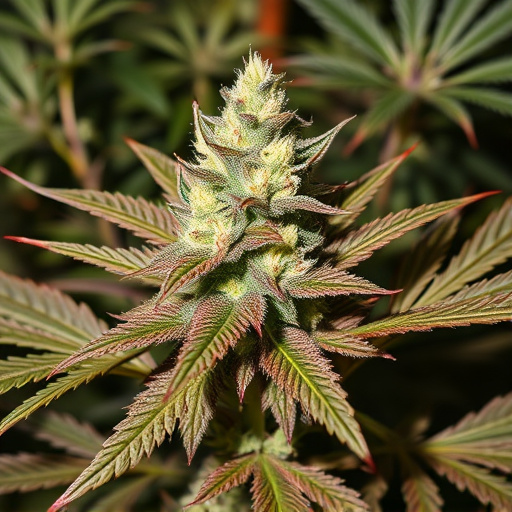Old school cannabis strains, valued for their historical and flavorful properties, pose a unique challenge in drug testing due to their high THC levels. While modern varieties focus on elevated THC content, traditional strains often have more moderate concentrations, making them less likely to produce positive test results. However, even old school strains can trigger positive outcomes in sensitive tests, especially in industries with strict drug testing policies like healthcare and transportation. To address this issue, employers are utilizing advanced methods like hair follicle and blood testing for pre-screening, ensuring accurate results and mitigating impacts on legal cannabis users.
Weed can show up in drug tests, catching users off guard. This article explores how cannabis, particularly old school strains, can remain detectable for varying periods. We delve into the science behind different drug testing methods and their sensitivity to THC. Understanding these factors is crucial when considering the lingering effects of potent old school cannabis strains. Learn about pre-screening and alternative test options to mitigate risks and navigate the complexities of positive drug test results.
- Understanding Drug Testing Methods
- The Impact of Old School Cannabis Strains
- Mitigating Risks: Pre-Screening and Alternative Tests
Understanding Drug Testing Methods
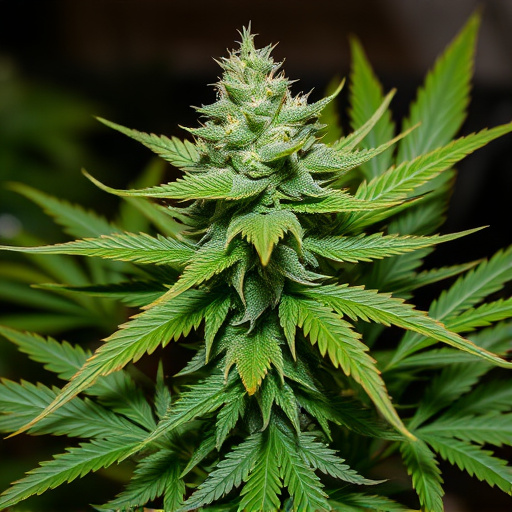
Drug testing methods have evolved significantly over time, from simple urinalysis to more advanced techniques like hair follicle testing and blood analysis. Traditional drug tests often focus on detecting recent substance use, with a particular emphasis on fast-acting drugs. However, when it comes to old school cannabis strains, the picture becomes more complex. Cannabis has a unique metabolism, and its detection in drug tests can vary based on factors such as strain potency, method of consumption, and individual metabolism.
Older cannabis varieties, known for their high THC content and distinct flavors, may leave trace amounts in the body for extended periods. This is because some compounds in cannabis, including THC, are fat-soluble, meaning they get stored in adipose tissue (fat cells). Consequently, individuals who consume old school strains could fail drug tests even after several weeks or months, depending on the frequency and amount of use. Understanding these biological factors is crucial when interpreting positive drug test results for cannabis, especially for those using historical or rare varieties.
The Impact of Old School Cannabis Strains
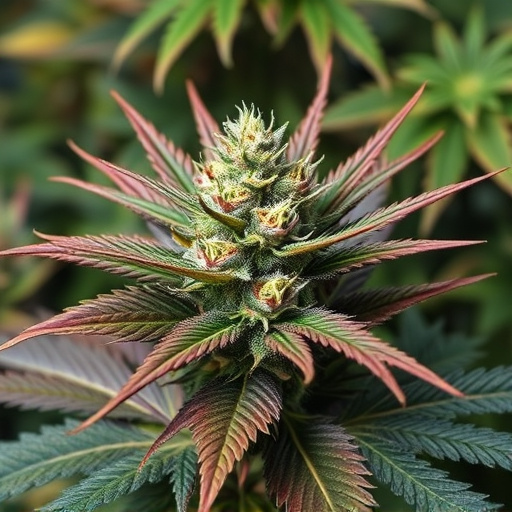
Old school cannabis strains, with their rich history and unique properties, have been a subject of interest for both enthusiasts and researchers. These traditional varieties, often cherished for their distinct flavors and effects, pose an intriguing challenge when it comes to drug testing. The reason? Their elevated levels of THC (tetrahydrocannabinol), the primary psychoactive compound in cannabis, can lead to positive results on standard drug tests.
While modern strains have been selectively bred for higher THC content, old school varieties often contain more moderate levels, making them less likely to produce a failed test. However, users should be mindful that even these historical strains can still trigger positive outcomes, especially in high-sensitivity drug screening methods. This is particularly relevant in industries where drug testing is prevalent, such as healthcare or transportation, ensuring individuals are aware of the potential implications of using old school cannabis strains.
Mitigating Risks: Pre-Screening and Alternative Tests
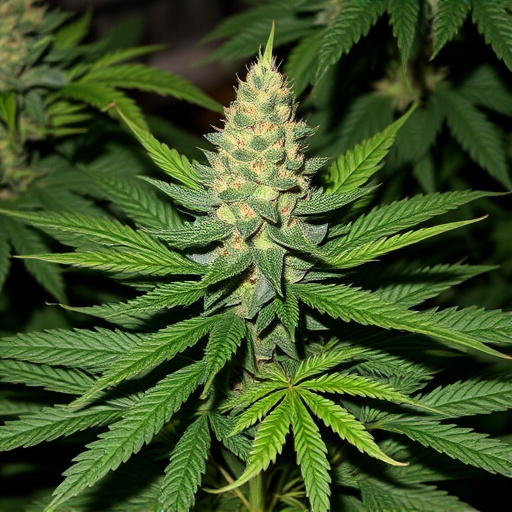
In an era where drug testing is increasingly common, especially in professional settings, individuals who partake in using old school cannabis strains face a unique challenge. These traditional varieties often contain higher levels of THC, the primary compound responsible for getting users ‘high’, which can significantly impact the results of standard drug tests. To mitigate these risks, pre-screening has emerged as a valuable tool. This process involves testing potential applicants or employees with more advanced methods to ensure their results are accurate and reliable, even when cannabis use is involved.
Alternative testing options also play a crucial role in navigating this landscape. Instead of solely relying on urinalysis, which detects THC metabolites, some organizations opt for hair follicle testing or blood testing. These methods offer a more comprehensive view of recent drug usage as they can identify THC present in different parts of the body. Given the evolving nature of cannabis consumption and the diverse profiles of old school strains, these proactive measures ensure that employers and organizations make informed decisions without unfairly penalizing those who use legal recreational or medicinal cannabis products.
Weed, or cannabis, can remain detectable in drug tests for varying periods, depending on factors like frequency of use and metabolism. Old school cannabis strains, known for their higher THC content, may pose longer windows of detectability. However, understanding the science behind drug testing methods and exploring alternative screening techniques, such as pre-screening and non-cannabinoid markers, can help mitigate risks and ensure fairness in testing. By staying informed about these developments, especially regarding the potential impact of old school strains, individuals can navigate drug testing with more confidence and clarity.

